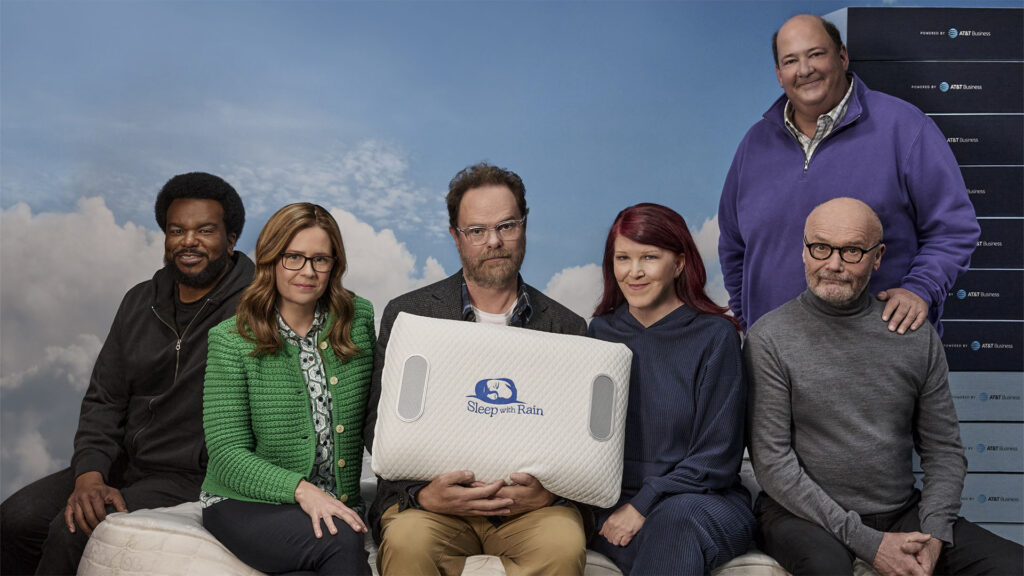Web3 is transforming how people interact, offering new worlds and virtual spaces for just about anything. From education to shopping for cosmetics and fashion, brands are testing these new digital waters as a means to build communities and connect
At a recent Brand Innovators livecast called Getting Versed in the Metaverse, experts in the field talked about how these new worlds are evolving and several brand marketers talked about how they are approaching Web3.
“Our lives are becoming incredibly more digital,” said Ridhima Kahn, vice president of Dapper Labs. “Web3 and the Metaverse really empower individuals, change how communities form and grow, and how value is shared in digital worlds and I really think that this is the first step in that direction. Storytelling and fan experiences will never be the same.”
Brian Irving, vice president of marketing, Reality Labs at Meta said that Meta Reality Labs has evolved from XR, AR and VR into Meta and the future of the company. While the branding is new, the strategic development has been ongoing.
“From our vision, because of our mission, it really is about the social experiences that are capable within the metaverse that we just don’t have access to today,” said Irving. “If you think about the metaverse as a set of digital spaces including 3D experiences that are very immersive and even immersive 2D experiences, how do we take traditional things like screens and help them feel like there is greater social presence and greater social experience? Even with things like Portals that have that combination of video, sound and augmented reality, it really helps to bring in the ‘now’ of the metaverse.”
Roxanne Iyer, global vice president, integrated consumer engagement at Clinique at Estee Lauder said that the brand is exploring ways to translate their brand purpose – to bring joy and optimism – into the metaverse just as they attempt to do in the physical world. This led the brand to take an intentionally different approach to NFTs than other brands.
“The types of communities that can form in the metaverse are so different and unique and the brand ownership part of it is, to me, really different; it’s a way to differentiate us from everything else that was going on in the space,” said Iyer. “A big part of Clinique is who our consumer is. We have one of the most loyal consumers in the category and our consumer-base is so expansive.”
“When you’re a brand that has to talk and engage meaningfully with consumers who are in their teens all the way up to a 65 year old, we wanted to make sure that we were really protective of our community,” she continued. “Our approach was, ‘How do we get current consumers involved?’ Our NFT was open to our consumer database. We said, ‘Let’s change the way that brands do loyalty today and let’s start to modernize it.’ We kept the barrier to entry really low so that anyone who is a part of the Clinique family can feel like it’s not this innovation that is so hard to understand or get into.”
FaZeClan is also looking at how to engage its loyal fan base in two-way conversations in these new spaces.
“We’re not in the business of selling to our fan base, that’s not what we could or should do,” said Adam Bauer, head of partnerships & business development at FaZe Clan. “What we’re trying to do is have a conversation with them. Anytime a brand has a brief and says this is the message, we’ve already failed. It shouldn’t start with “This is the message.” The first question should be “What should our message be? What do we want to open up?”
Scott “DJ Skee” Keeney, CEO at Dash Radio concurred that creating community is key in these new Web3 spaces.
“One thing that we’ve really learned and tried to build in is joining and authentically becoming a part of these communities,” said Keeney. “There are key influencers, key figures, key ways in which things work on each individual platform like Robloxians are very specific with what’s authentic, what can be done and what can’t be done. We’ve made mistakes and corrected those, embraced the community and brought in the right people. We’ve done everything from the developer communities to highlighting others to cross-promoting them. For us, it’s not just about getting everyone into Paris’ world and buying it. You’ll see us doing collaborations in other worlds.”
For Labster, the opportunity is about education. “In the education space, we think a lot about what kind of experiences teachers need to improve their ability to teach and educate their students and what kind of solutions students need,” said Michael Bodekaer Jensen, CEO of Labster. “Specifically when we talk about students, there are so many potential new opportunities that we can leverage from the gaming industry or the metaverse and bring that into the education space. We work really hard with experts within learning sciences, game design and core sciences. Some aspects that we focus a lot on leveraging are the gamification aspects/storytelling. It is an incredible motivator to create engagement and connection with your audience in the metaverse. It really opens up ways to show the students how they can apply their skills to learning in real world settings.”



